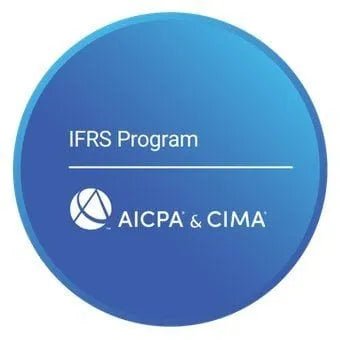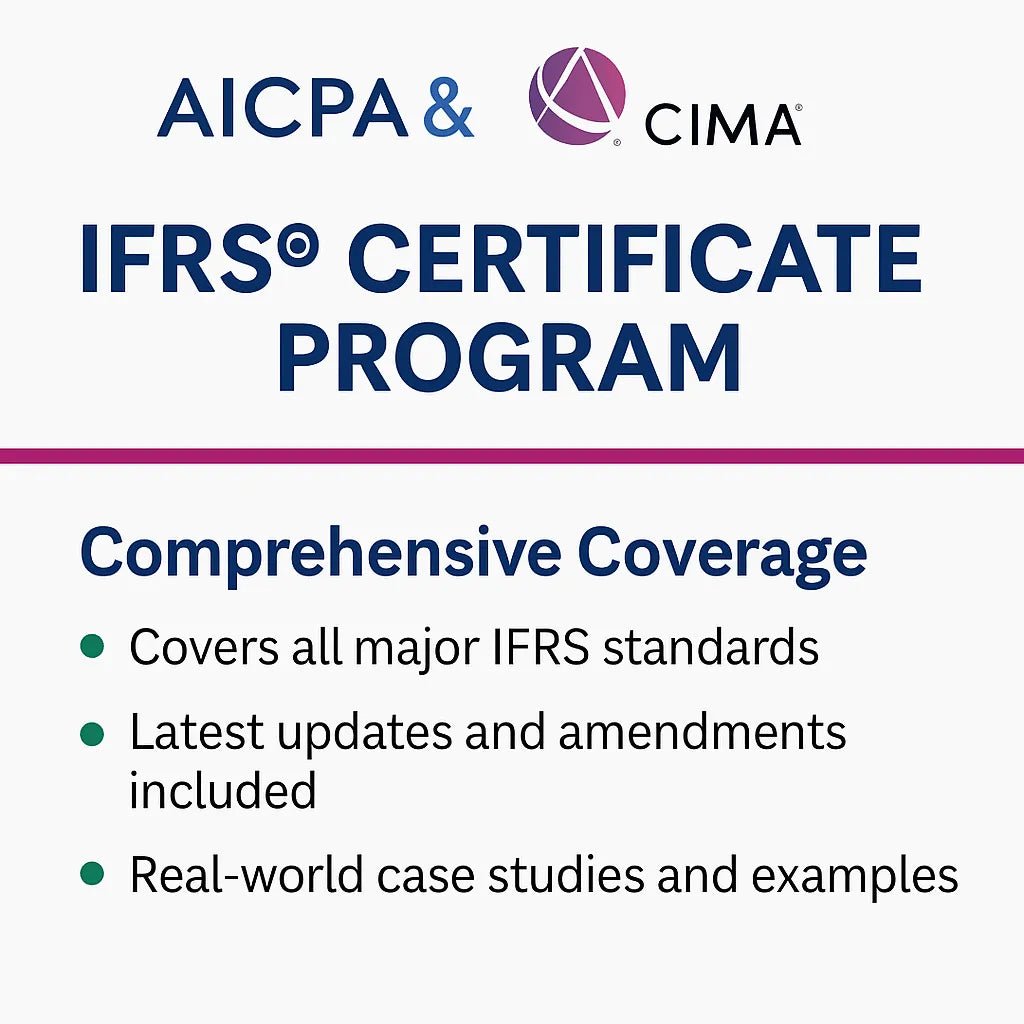Unified Pension Scheme: Your Guide to Retirement Security
Unified Pension Scheme: Securing the Future of Government Employees
The Unified Pension Scheme (UPS) introduces a new chapter in the retirement benefits landscape for government employees in India. Set to take effect from April 1, 2025, the UPS provides a structured and predictable retirement income, replacing the National Pension System (NPS) for those who opt into the new scheme.
With the UPS full form being "Unified Pension Scheme," this initiative replaces the existing National Pension System (NPS) for those who opt into the new scheme, offering guaranteed pension benefits, family pensions, and inflation protection to ensure a dignified and stable retirement.
This comprehensive guide explores UPS's key features, benefits, and how it will reshape retirement planning for millions of government employees.
Understanding the Unified Pension Scheme (UPS)
Guaranteed Pension Benefits
The Unified Pension Scheme offers a guaranteed pension of 50% of the average basic pay drawn over the last 12 months before retirement. This benefit applies to employees with a minimum of 25 years of service. For those with less than 25 years but at least 10 years of service, the pension is proportionate to the length of service, ensuring that even those with shorter tenures receive fair pension benefits.
Comprehensive Family Support
In addition to the primary pension, the UPS provides an assured family pension. In the unfortunate event of a pensioner’s death, their family will receive 60% of the employee's pension. This feature ensures continued financial stability for the pensioner’s family, offering peace of mind during difficult times.
Minimum Pension Assurance
The scheme guarantees a minimum pension of ₹10,000 per month upon superannuation, provided the employee has completed at least 10 years of service. This minimum threshold ensures that all retirees, regardless of their final salary, receive basic financial security.
Inflation Protection and Dearness Relief
The UPS protects against inflation by including provisions for indexation on all pension benefits. Additionally, Dearness Relief will rely on the All India Consumer Price Index for Industrial Workers (AICPI-IW). This approach ensures that pensions maintain their purchasing power over time.
Lump-Sum Payments at Retirement
Employees will receive a lump-sum payment in addition to their gratuity upon retirement. They calculate this payment as 1/10th of the monthly emoluments (pay + DA) on the superannuation date for every six months of service. Importantly, this lump-sum payment does not reduce the overall pension amount, providing additional financial support at retirement.
Flexible and Optional Transition
One of the key features of the UPS is its flexibility. Employees currently under the NPS have the option to transition to the UPS. However, once the choice is made, it is final. This flexibility allows employees to choose a pension scheme that best suits their retirement goals, offering a more predictable income stream than the market-linked NPS.
The Strategic Benefits of the Unified Pension Scheme
Enhanced Retirement Security
The UPS provides a more secure and predictable retirement income, addressing many employees' concerns about the variability and uncertainty of market-linked pension schemes like the NPS. By offering assured pension benefits, the UPS ensures that retirees can confidently plan their finances.
Simplified Pension Management
The UPS is designed to simplify the pension process, making it easier for employees to understand their retirement benefits. This simplification helps employees manage their savings more effectively, knowing exactly what to expect upon retirement.
Wider Reach and Impact
Initially, the UPS targets approximately 23 lakh central government employees. However, if adopted by state governments, the scheme could benefit up to 90 lakh individuals, significantly extending its impact across the country.
Financial Stability for Retirees
By offering a defined pension benefit, UPS contributes to retirees' financial stability. This stability is crucial in ensuring that retirees can maintain their living standards without worrying about the fluctuations of market-dependent pension plans.
Frequently Asked Questions (FAQs) about the Unified Pension Scheme
What is the Unified Pension Scheme (UPS)?
The Unified Pension Scheme is a newly introduced retirement benefit scheme for government employees. The UPS will replace the National Pension System (NPS) for those who choose to opt in. It provides assured pension, family pension, minimum pension benefits, inflation protection, and other features.
How is the pension amount calculated under the UPS?
They calculate the pension under the UPS as 50% of the average basic pay drawn over the last 12 months before retirement. For employees with less than 25 years of service but at least 10 years, the pension is proportionate to the length of service.
What is the minimum pension guaranteed by the UPS?
The UPS guarantees a minimum pension of ₹10,000 per month for employees who have completed at least 10 years of service, ensuring basic financial security for all retirees.
What happens to my family if I pass away after retirement?
In the event of a pensioner’s demise, their family is entitled to an assured family pension equal to 60% of the employee's pension, providing ongoing financial support to the family.
How does the UPS protect against inflation?
The UPS includes inflation indexation on pension benefits, with Dearness Relief based on the All India Consumer Price Index for Industrial Workers (AICPI-IW). This ensures that the pension amount adjusts to keep pace with inflation.
What is the lump-sum payment at retirement?
In addition to the pension, retirees receive a lump-sum payment of 1/10th of their monthly emoluments (pay + DA) for every completed six months of service. This payment is provided at superannuation and does not reduce the pension amount.
Can I switch from the NPS to the UPS?
Yes, employees under the NPS can choose to switch to the UPS. Once the decision is made, it is final and irreversible.
Who is eligible for the Unified Pension Scheme?
Initially, the UPS will cover approximately 23 lakh central government employees. If state governments adopt the scheme, it could extend to up to 90 lakh government employees across India.
When will the UPS come into effect?
The Unified Pension Scheme will take effect on April 1, 2025, giving employees time to evaluate their options and make informed decisions about their retirement planning.
How does the UPS compare to the NPS?
The NPS is a market-linked, defined contribution scheme, where returns depend on the performance of investment funds. In contrast, the UPS offers a defined pension benefit, providing a guaranteed and predictable income in retirement, which many employees may find more reassuring.
Looking Ahead: The Future of the Unified Pension Scheme
The Unified Pension Scheme represents a significant advancement in securing the financial future of government employees. The UPS offers retirees peace of mind with its assured pensions, family pensions, and inflation protection. As employees engage with the scheme, they must fully understand its benefits. This knowledge will help them make informed decisions that align with their retirement goals.
UPS provides a stable and predictable retirement income, becoming a cornerstone of financial security for government employees. It rewards their contributions and hard work with dignity and stability during retirement.
FAQs
ACCA blogs
Follow these links to help you prepare for the ACCA exams
IFRS blogs
Follow these blogs to stay updated on IFRS
Formats
Use these formats for day to day operations
- Account closure format
- Insurance claim letter format
- Transfer certification application format
- Resignation acceptance letter format
- School leaving certificate format
- Letter of experience insurance
- Insurance cancellation letter format
- format for Thank you email after an interview
- application for teaching job
- ACCA PER examples
- Leave application for office
- Marketing manager cover letter
- Nursing job cover letter
- Leave letter to class teacher
- leave letter in hindi for fever
- Leave letter for stomach pain
- Leave application in hindi
- Relieving letter format
Interview questions
Link for blogs for various interview questions with answers
- Strategic interview questions
- Accounts payable interview questions
- IFRS interview questions
- CA Articleship interview questions
- AML and KYC interview questions
- Accounts receivable interview questions
- GST interview questions
- ESG Interview questions
- IFRS 17 interview questions
- Concentric Advisors interview questions
- Questions to ask at the end of an interview
- Business Analyst interview questions
- Interview outfits for women
- Why should we hire you question
leave application format
- Leave application for office
- Leave application for school
- Leave application for sick leave
- Leave application for marriage
- leave application for personal reasons
- Maternity leave application
- Leave application for sister marriage
- Casual leave application
- Leave application for 2 days
- Leave application for urgent work
- Application for sick leave to school
- One day leave application
- Half day leave application
- Leave application for fever
- Privilege leave
- Leave letter to school due to stomach pain
- How to write leave letter
Insurance blogs
- Sample letter of appeal for reconsideration of insurance claims
- How to increase insurance agent productivity
- UAE unemployment insurance
- Insurance cancellation letter
- Insurance claim letter format
- Insured closing letter formats
- ACORD cancellation form
- Provision for insurance claim
- Cricket insurance claim
- Insurance to protect lawsuits for business owners
- Certificate holder insurance
- does homeowners insurance cover mold
- sample letter asking for homeowner right to repair for insurance
- Does homeowners insurance cover roof leaks













Leave a comment